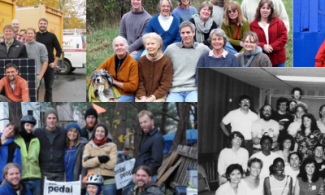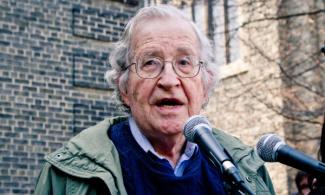The themes herein:
- Thinking long term
- Grassroots rooted
- Systemic planning
- Experience and concept coming together in moment by moment by moment
An article in the NYTimes by David Kirp* begins with a question that cuts to the core of democratic grassroots economic organizing—“What would it really take to give students a first-rate education?
Then in one sentence he summarizes the raging debate about public education that was the core issue in the Chicago teachers strike:
Some argue that our schools are irremediably broken and that charter schools offer the only solution. The striking achievement of Union City, N.J. — bringing poor, mostly immigrant kids into the educational mainstream — argues for reinventing the public schools we have.
(To be drastically oversimplistic: neoliberal .v. grounded in community.)
The essence of the Union City story:
Union City makes an unlikely poster child for education reform. It’s a poor community with an unemployment rate 60 percent higher than the national average. Three-quarters of the students live in homes where only Spanish is spoken. A quarter are thought to be undocumented, living in fear of deportation.
Public schools in such communities have often operated as factories for failure. This used to be true in Union City, where the schools were once so wretched that state officials almost seized control of them.
Sound familiar. Listen to how they have begun their reaissance with a “game plan [that] sounds so old-school obvious that it verges on platitude:"
Cognitive and noncognitive, thinking and feeling; here, this line vanishes.
To succeed, students must become thinkers, not just test-takers.
Wherever I went, these schools felt less like impersonal institutions than the simulacrum of an extended family.
…design a curriculum based on evidence, not hunch.
Learning by doing replaced learning by rote.
From a loose confederacy, the schools gradually morphed into a coherent system that marries high expectations with a “we can do it” attitude.
“The real story of Union City is that it didn’t fall back,” says Fred Carrigg, a key architect of the reform. “It stabilized and has continued to improve.”
Using the same kinds of "platitudes" as Union City is how we succeed in the communities we organize, the campaigns we carry out, the movements we build.
*David L. Kirp is a professor of public policy at the University of California, Berkeley, and the author of the forthcoming book “Improbable Scholars: The Rebirth of a Great American School System and a Strategy for America’s Schools.”



Add new comment